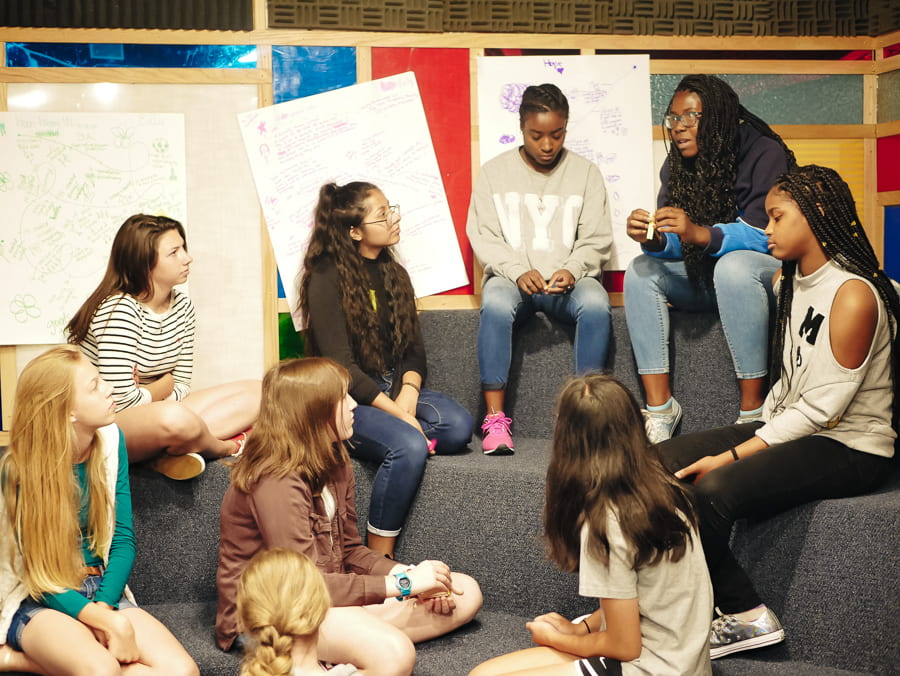During the Jacobs Foundation YS Alumni Meeting “Increasing the Impact of our Science Through Public Outreach, Dissemination and Scaling”, I deli titled: 1% inspiration; 99% perspiration…and more, I made several references which I have tried to capture below:
OpEds
- Gerber, 2012, STEM students should be taught to fail, US News and World Report
- Overly, S., 2016. Why people mourn the death of the VCR and other outdated technologies, Wall Street Journal
Design for America: Shaping the Next Generation of Social Innovators
- 2018 Summit
- Gerber, E., 2014, Design for America: Organizing for Civic Innovation, ACM Interactions Magazine
- Students Use Human Centered Design in High School Solutions
Brave Initiatives: Girls building a better world through code
Peer review articles
- Easterday, M., Gerber, E., Rees Lewis, D., (2018), Social Innovation Networks: A New Approach To Social Design Education and Impact, Design Issues
- , Hargadon, A., & Sutton, R. I. (1997). Technology brokering and innovation in a product development firm. Administrative science quarterly, 716-749.
Games
- When back in stock, Mockups can be found on Amazon by searching “Mockups”
Body Sketch
To play “Body Sketch,” people stand in a circle facing each other. The first person steps into the middle of the circle to offer an idea, such as, “I am a screen.” Rather than deliberating as a group, a second person may jump in, adding something like, “I am a trackpad.” A third person adds a third element to the sketch, such as “I am a keyboard.” Now the first person leaves the circle, taking another person with him/her. The remaining person idea is used as the next starting off point, and the activity continues to develop and test these triadic scenes of situations. To be sure, some “sketches” work well and the team members all nod with satisfaction. As for other “sketches”, even if they do not work well, the activity continues.
- Link to chapter on using warmup for collaboration

